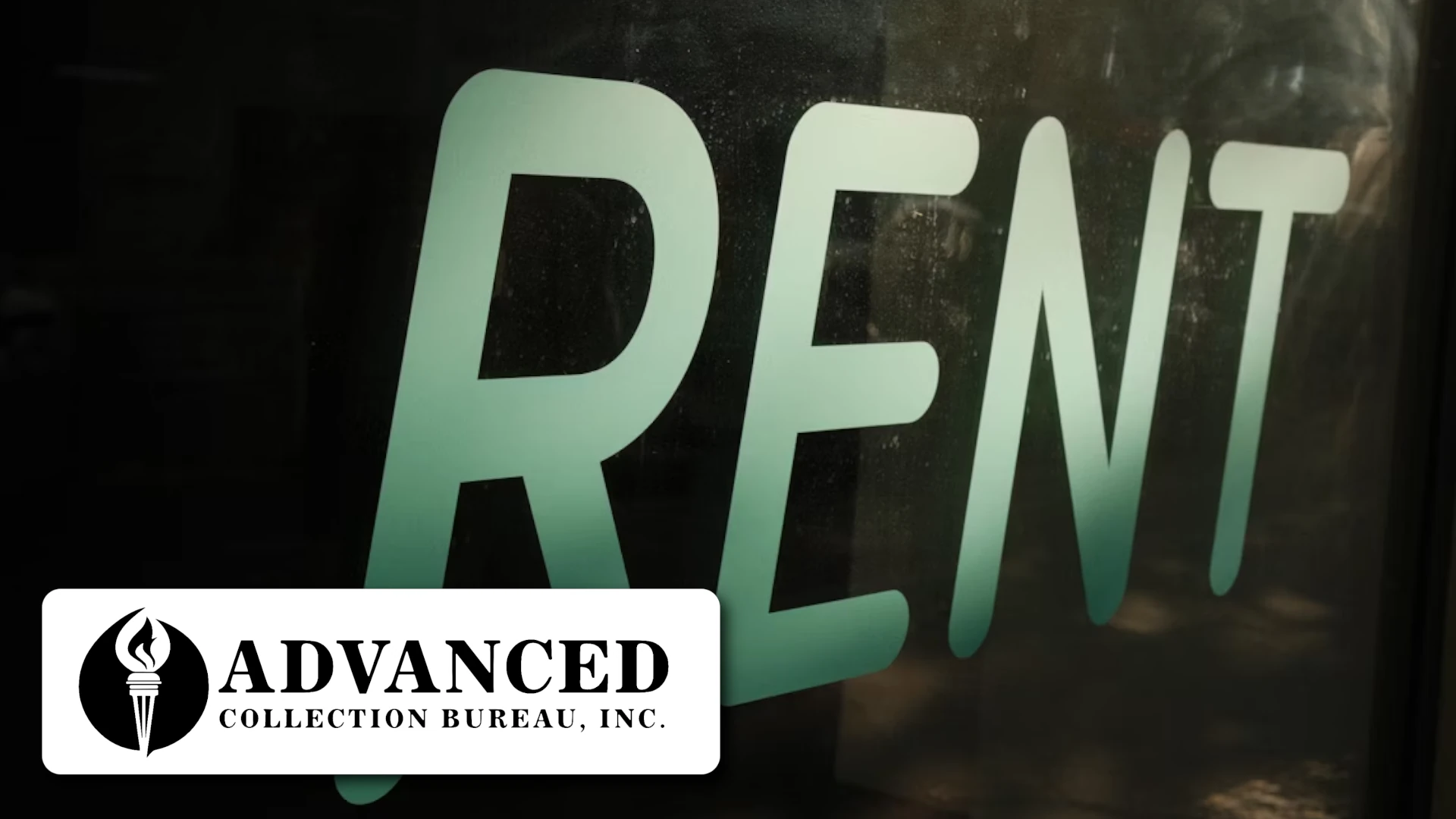When rent goes unpaid, landlords are left in a tough position. You want to maintain professionalism, keep communication clear, and encourage payment—without straining the landlord-tenant relationship. That’s where an effective late rent notice comes in. But sending one isn’t as simple as just asking for the money.
A well-crafted late rent notice can help you collect what’s owed, document your efforts, and even prevent future delinquencies. At Advanced Collection Bureau (ACB), we’ve seen the difference a thoughtful and legally sound approach can make. This guide walks you through exactly how to send a late rent notice that gets results while keeping you compliant.
Why Late Rent Notices Matter
Tenants forget, run into financial trouble, or prioritize other expenses. A timely notice is often the first step in solving the problem. It gives tenants a chance to correct the issue before things escalate and shows that you’re serious about enforcing the lease.
It also establishes a paper trail in case you need to pursue legal eviction or collection services later. That documentation can protect you in court or when submitting accounts to a collection agency.
For a downloadable template, visit Free Late Rent Notice Template for Landlords.
Step 1: Know When to Send the Notice
You should send a late rent notice shortly after the grace period ends. If rent is due on the 1st and you offer a 5-day grace period, send the notice on the 6th. The sooner you act, the better your chances of recovery.
Don’t wait until the tenant is weeks behind. Early action shows you run a professional operation and expect lease terms to be respected.
Step 2: What to Include in a Late Rent Notice
An effective notice should be clear, respectful, and legally compliant. It should include:
- The tenant’s full name and rental unit
- The rent due date and the amount owed
- Any late fees or penalties per the lease agreement
- A deadline for payment
- A warning of further action if payment isn’t received
- Your contact information
Make sure your language remains professional and non-threatening. Even if you’re frustrated, tone matters.
For more on handling communication the right way, check out How to Effectively Communicate with Non-Paying Former Tenants.
Step 3: Deliver the Notice Correctly
Each state has rules about how notices must be delivered. Common methods include:
- Hand delivery
- Certified mail with return receipt
- Posting on the door (sometimes combined with mailing)
Check your local landlord-tenant laws to ensure compliance. Improper delivery can make your notice unenforceable.
For additional legal best practices, especially in sensitive housing scenarios, see Legal Considerations When Collecting Debts in Senior Housing.
Step 4: Keep a Record
Always keep a copy of the notice and proof of delivery. If the tenant pays, make a note of when and how. If they don’t, you’ll need that information if you escalate to an eviction or submit the account to collections.
This record-keeping also helps if the tenant later disputes the charge or claims they weren’t notified.
Step 5: Have a Plan If They Don’t Pay
If the tenant ignores the late rent notice, you have options. You can:
- Issue a pay or quit notice
- Start eviction proceedings
- Turn the account over to collections
At ACB, we help landlords recover unpaid rent professionally and legally. With our contingency-only model, you only pay if we collect. Our team uses skip tracing, credit reporting, and courteous communication to bring accounts current while protecting your reputation.
Learn how to manage this process in Rent Recovery: How Landlords Can Collect Unpaid Rent.
Final Thoughts
Late rent happens—but handling it well protects your business. A clear, timely, and respectful late rent notice can often solve the problem before it grows. And if it doesn’t, you’ll be in a better legal position to take the next step.
Whether you’re managing one property or a multi-unit portfolio, ACB is here to help with debt recovery that’s professional, compliant, and results-driven.














